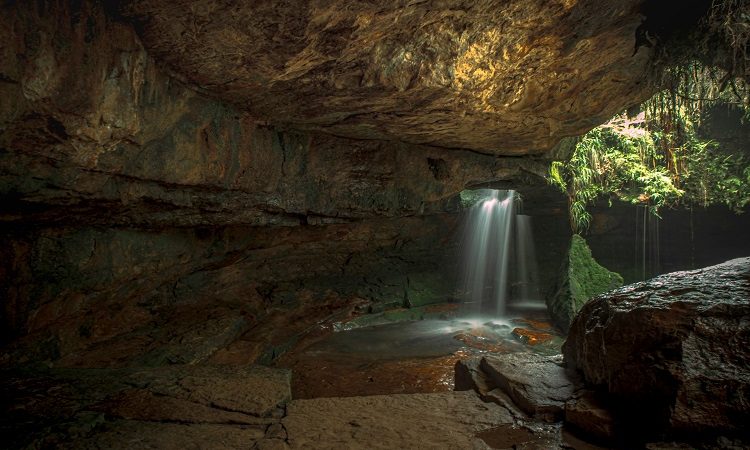Hawks Of Maine

Nestled in the heart of New England, Maine stands as a haven for diverse wildlife, where dense forests, rugged coastlines, and expansive wetlands provide a rich habitat for an array of fascinating creatures. Among these inhabitants soar the majestic hawks, embodying grace, power, and unparalleled aerial prowess. These birds of prey, with their keen eyesight and unparalleled hunting skills, play an integral role in Maine’s ecosystem, shaping its delicate balance.
With over a dozen species of hawks gracing the skies of Maine, each brings its unique charm and adaptations to the state’s diverse landscapes. Among the most iconic is the Red-tailed Hawk, easily recognizable by its striking rust-red tail and broad wingspan. These raptors are a common sight, often seen perched on fence posts or gliding effortlessly over open fields, scanning the ground for potential prey.
Venturing into Maine’s coastal regions unveils the mesmerizing sight of the Osprey, often referred to as the “fish hawk.” With a diet primarily consisting of fish, these adept hunters perform breathtaking plunges into the water, emerging with their prize clutched firmly in their talons. Their impressive fishing skills make them an integral part of Maine’s coastal ecosystem.
In the northern reaches of Maine, one may encounter the Rough-legged Hawk, a visitor from the Arctic tundra during the winter months. Named for its feathered legs, this species is well-adapted to colder climates, making it a unique and welcomed sight during the state’s winter season.
Maine’s varied landscape, from mountains to marshes, provides an ideal habitat for these birds to thrive. The vast expanses of Acadia National Park, the sprawling woodlands of Baxter State Park, and the intricate network of rivers and marshes create a haven for hawks, offering ample hunting grounds and nesting sites.
The life cycle of Maine’s hawks is a testament to resilience and determination. From the elaborate courtship displays to the intricately constructed nests atop tall trees or rocky cliffs, these birds exhibit unparalleled dedication to their survival and the continuation of their species.
However, these noble creatures face challenges in their quest for survival. Encroaching urbanization, habitat loss, and environmental disturbances pose significant threats to their existence. Conservation efforts play a vital role in safeguarding these birds, advocating for habitat preservation and raising awareness about the importance of maintaining a healthy ecosystem.
Numerous organizations, such as the Maine Audubon Society, work tirelessly to protect the habitats of hawks and other birds of prey. Through education, research, and conservation initiatives, these groups strive to ensure a future where these magnificent creatures continue to grace Maine’s skies.
Conclusion
As guardians of the skies, the hawks of Maine serve as ambassadors for the delicate balance of nature. Their aerial prowess, keen hunting skills, and undeniable beauty make them an integral part of Maine’s rich tapestry of wildlife. Preserving their habitats and ensuring their well-being not only benefits these majestic raptors but also contributes to the overall health and diversity of Maine’s natural heritage. Let us celebrate and protect these remarkable birds, ensuring that future generations can marvel at the sight of hawks soaring high above the landscapes of Maine.





